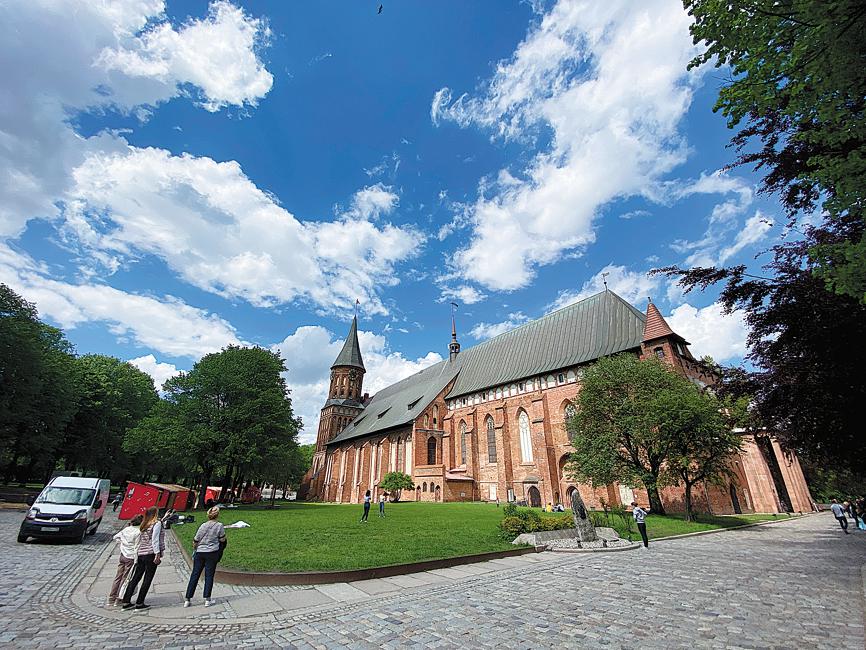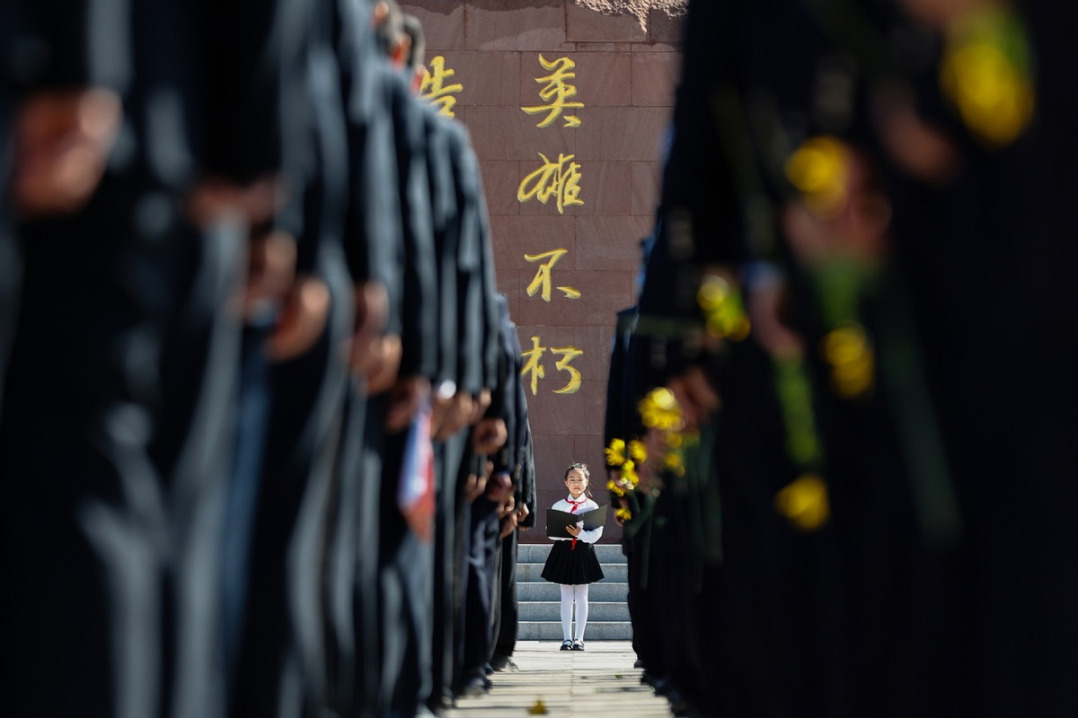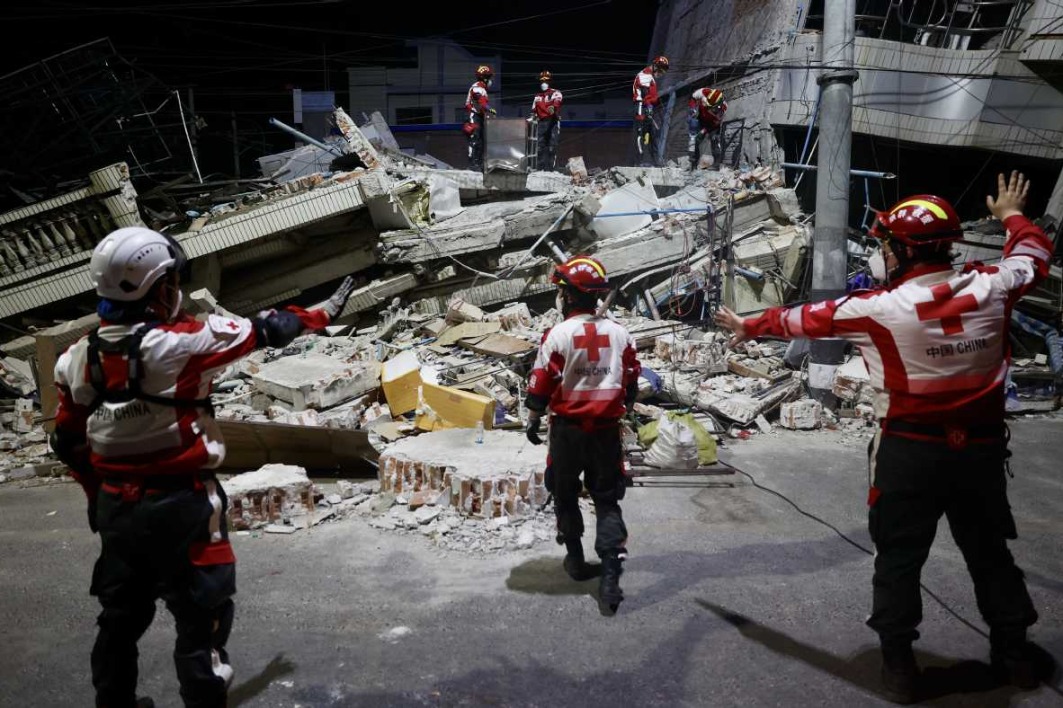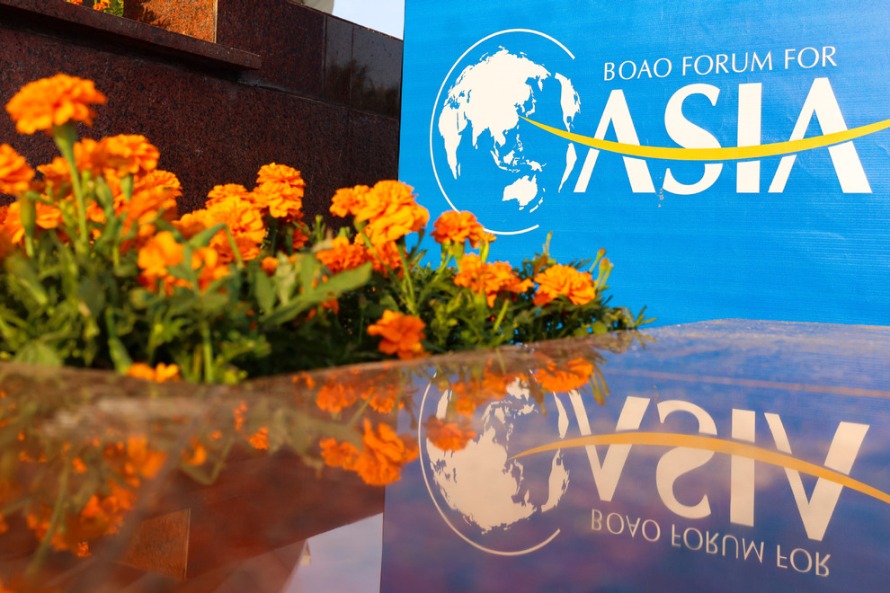A crossroads of culture
The legacies of empires great and small, and of East and West, abound in this Baltic tourism hotspot, Ren Qi reports in Kaliningrad, Russia.
By Ren Qi | China Daily | Updated: 2021-09-22 11:13

Another feature that gives the city a Berlin-like feel is the network of canals and footbridge locks near the cathedral. Facing the imposing gothic structure is a recent addition-a collection of vaguely Hanseatic-looking buildings collectively known as the Fishing Village. This is where some of the city's best restaurants and hotels are located.
In the city center, the German restaurant called, Tyotka Fischer, churns out all the German classics-a variety of sausages and the old local delicacy, Konigsberg Klopse (meatballs in creamy sauce with anchovies). Portions are unashamedly German, too-that is, sufficient to feed a family of three-and there is reasonably priced trademark Fischer beer on tap.
The famous Amber Museum is a must-visit for all tourists. This art depository was inaugurated in 1979, becoming Russia's first and only Amber Museum. Located in the center of Kaliningrad on the Verkhneye Lake shore, it is housed in a fortress tower dating from the mid-nineteenth century.
Amber is fossilized resin of ancient conifers that grew more than 40 million years ago on the territory south of the Scandinavian Peninsula and the adjoining part of the Baltic Sea bed.
The museum presents amber samples of different weight, color and clarity. There is the biggest "sunstone" in Russia, weighing in at 4.28 kilograms. A considerable part of the collection includes amber specimens with the inclusion of animals and plant remains that got stuck in the viscous liquid millions of years ago.
They are essential for our knowledge about the flora and fauna that lived in the region 40 to 45 million years ago. Today the collection of the Kaliningrad Amber Museum houses the main Russian national fund of Baltic amber.
























